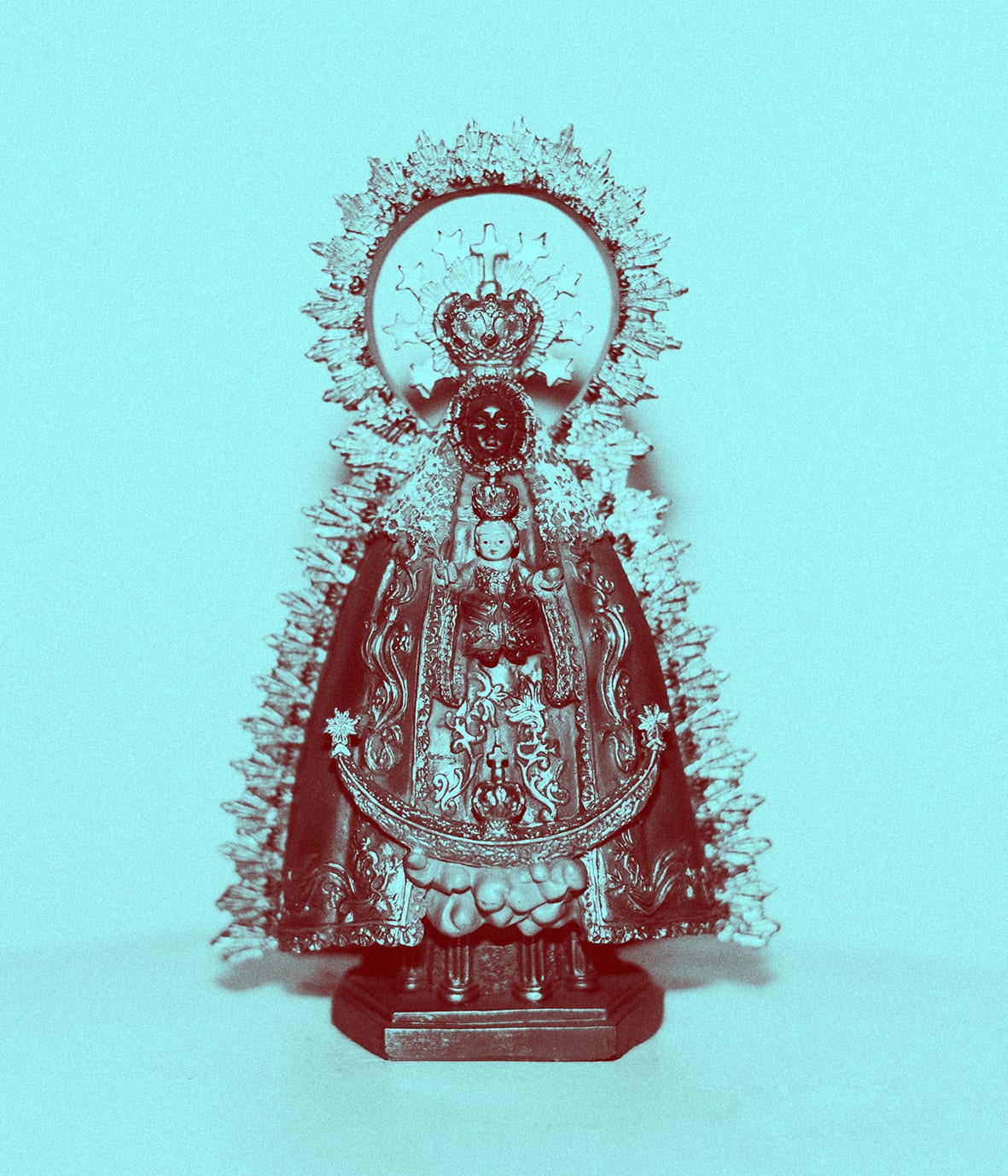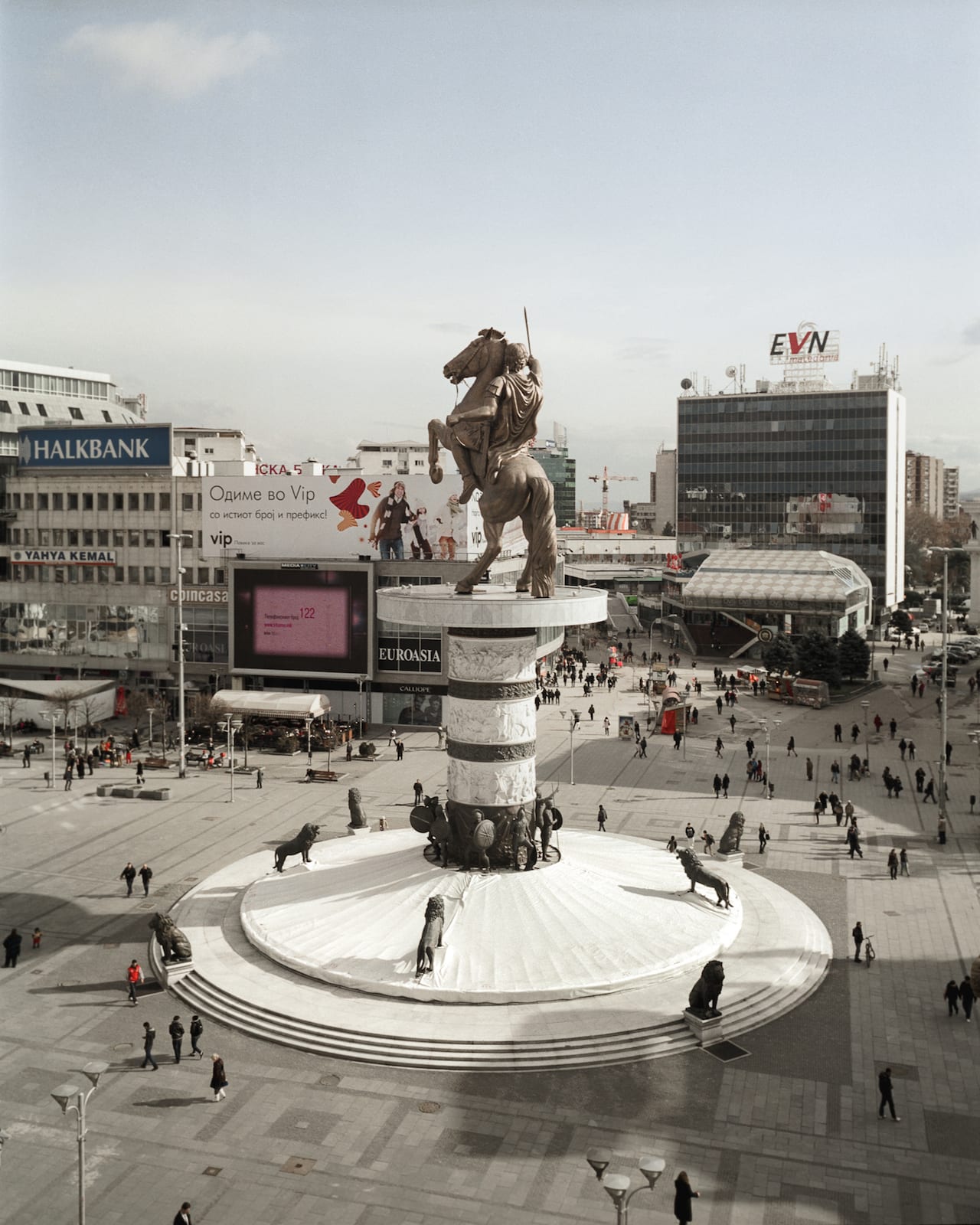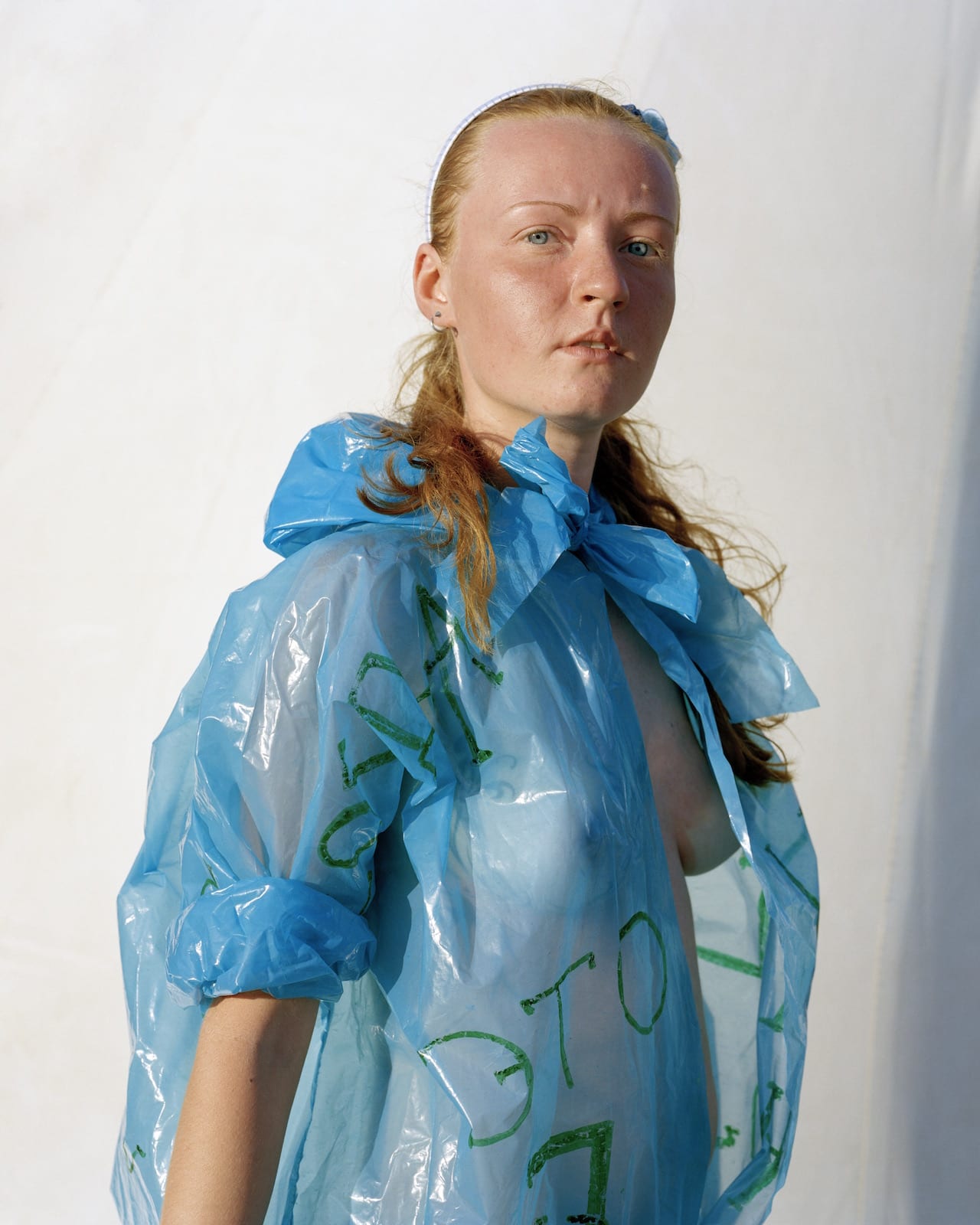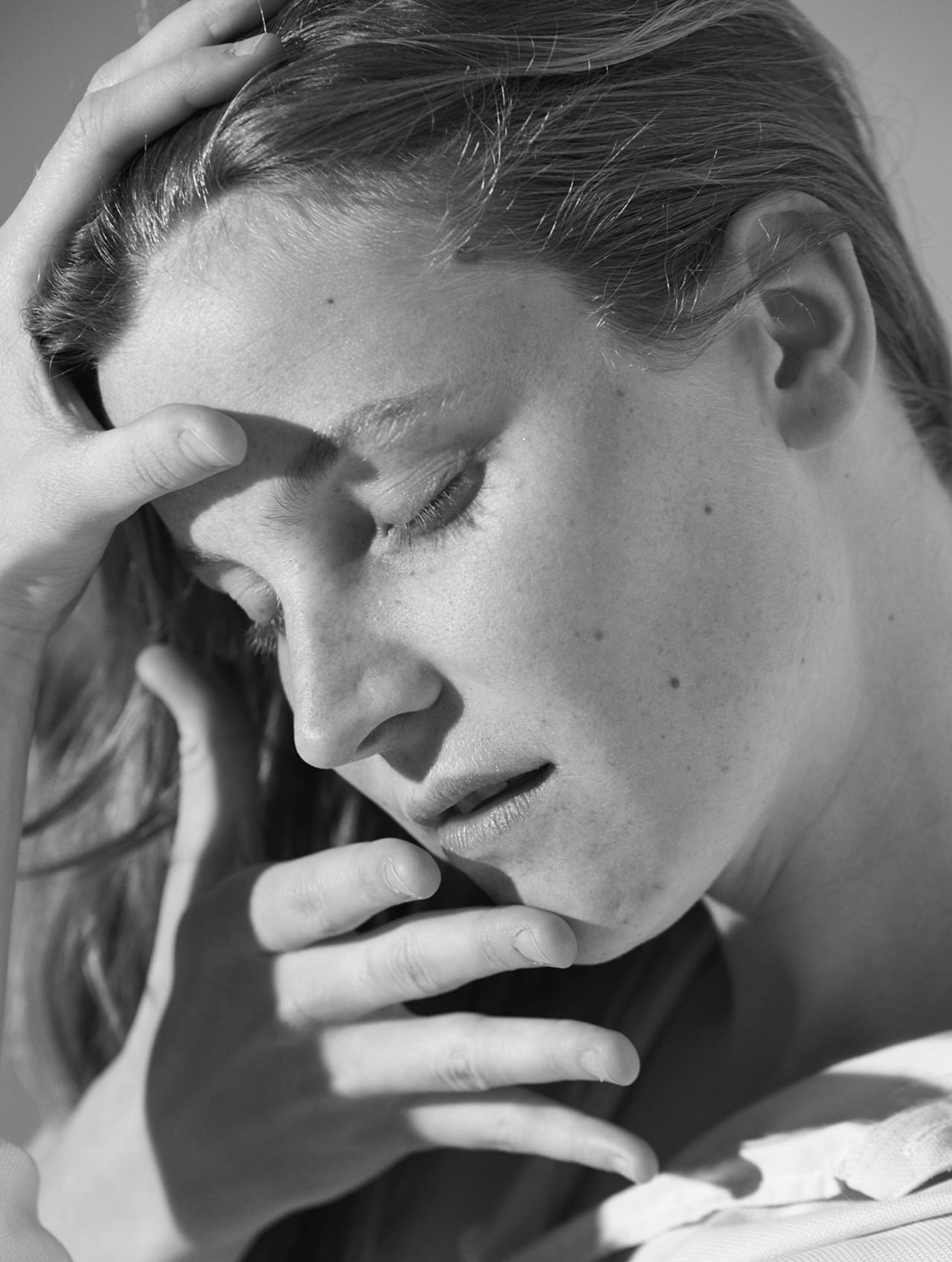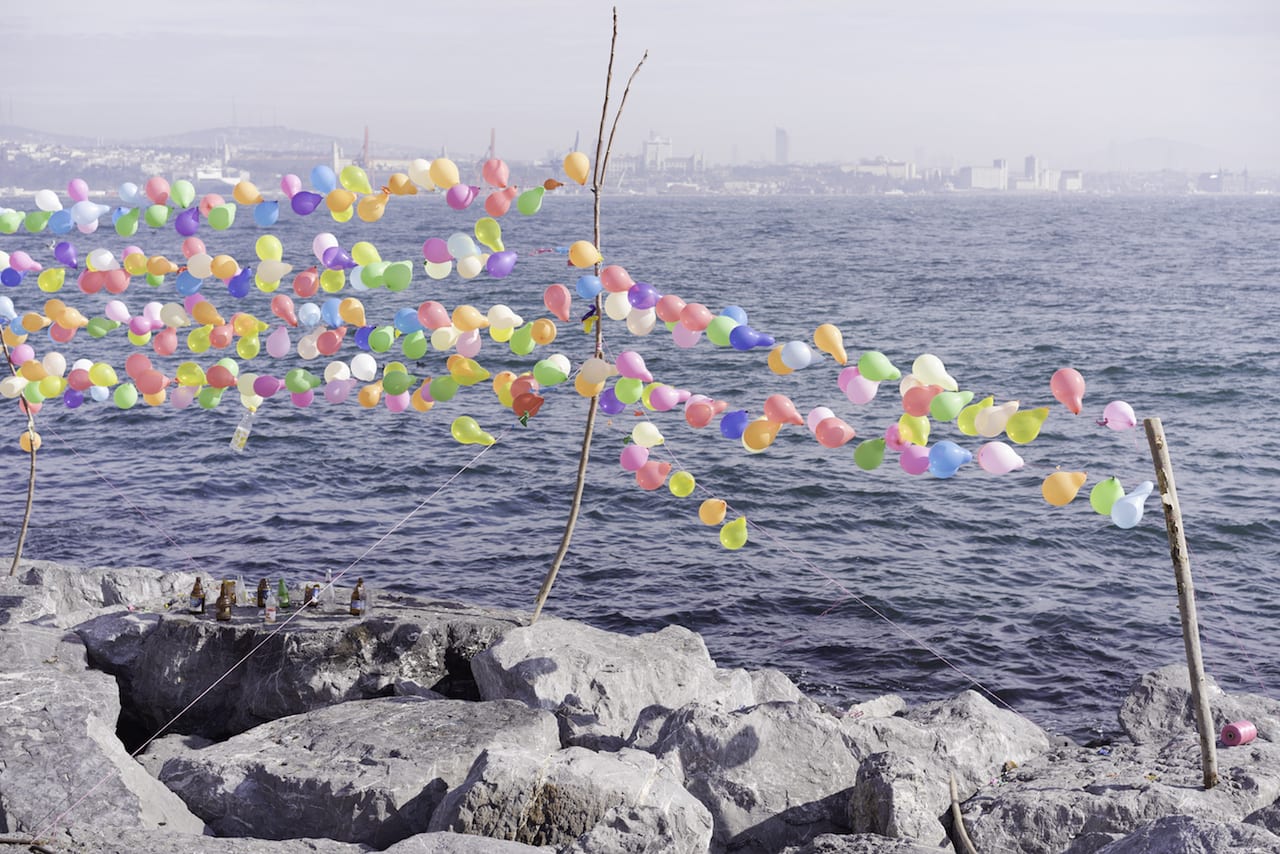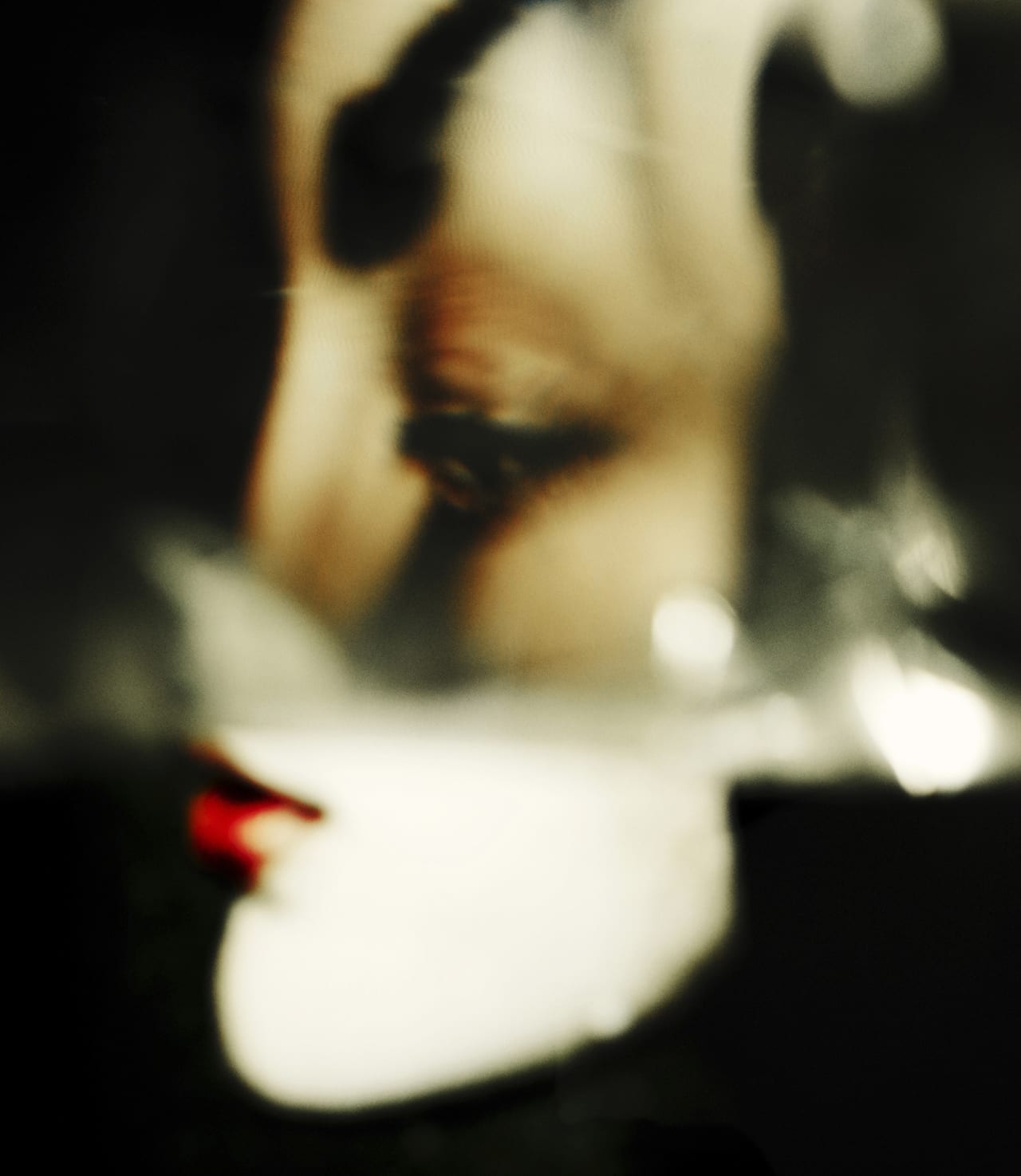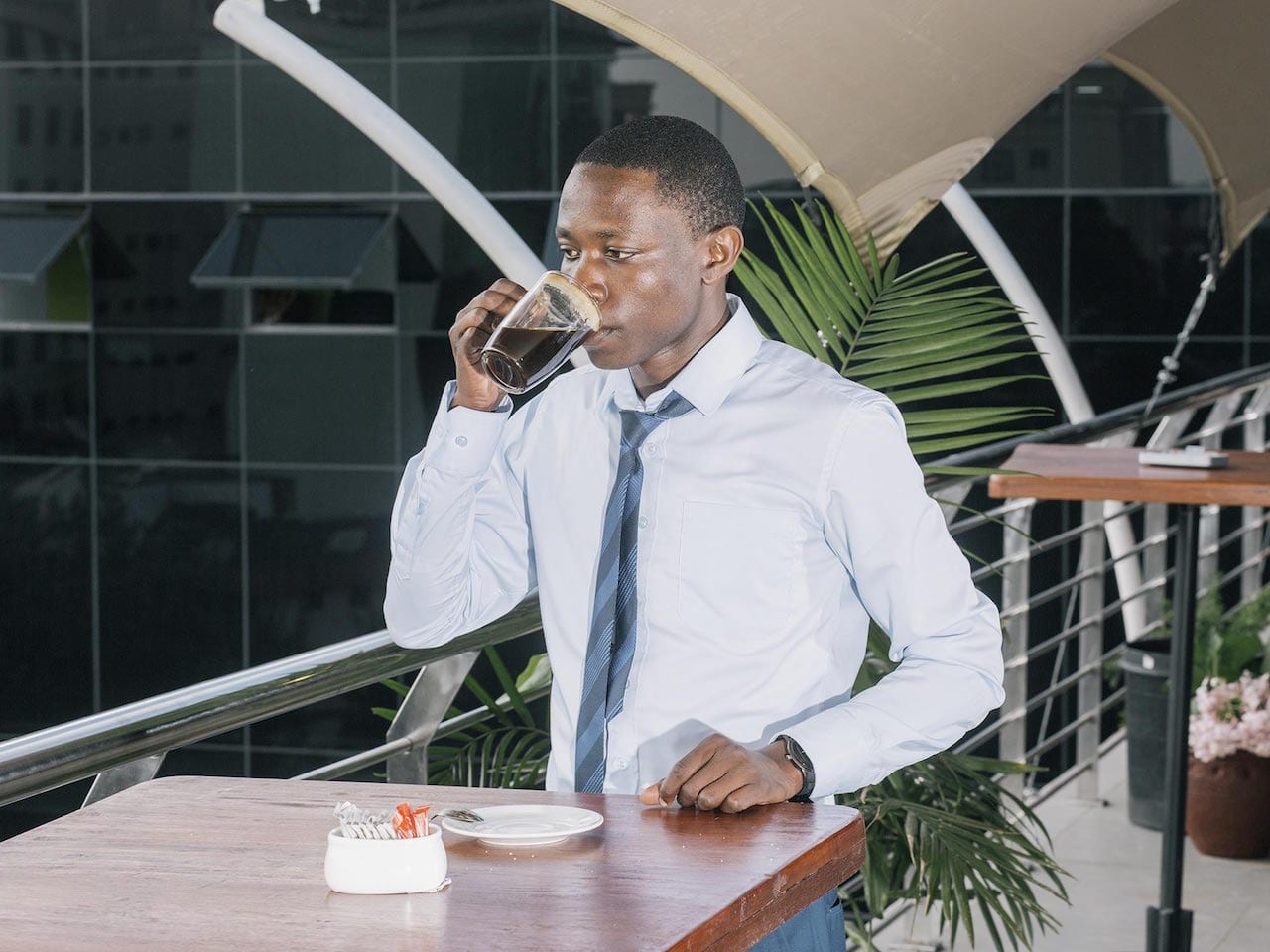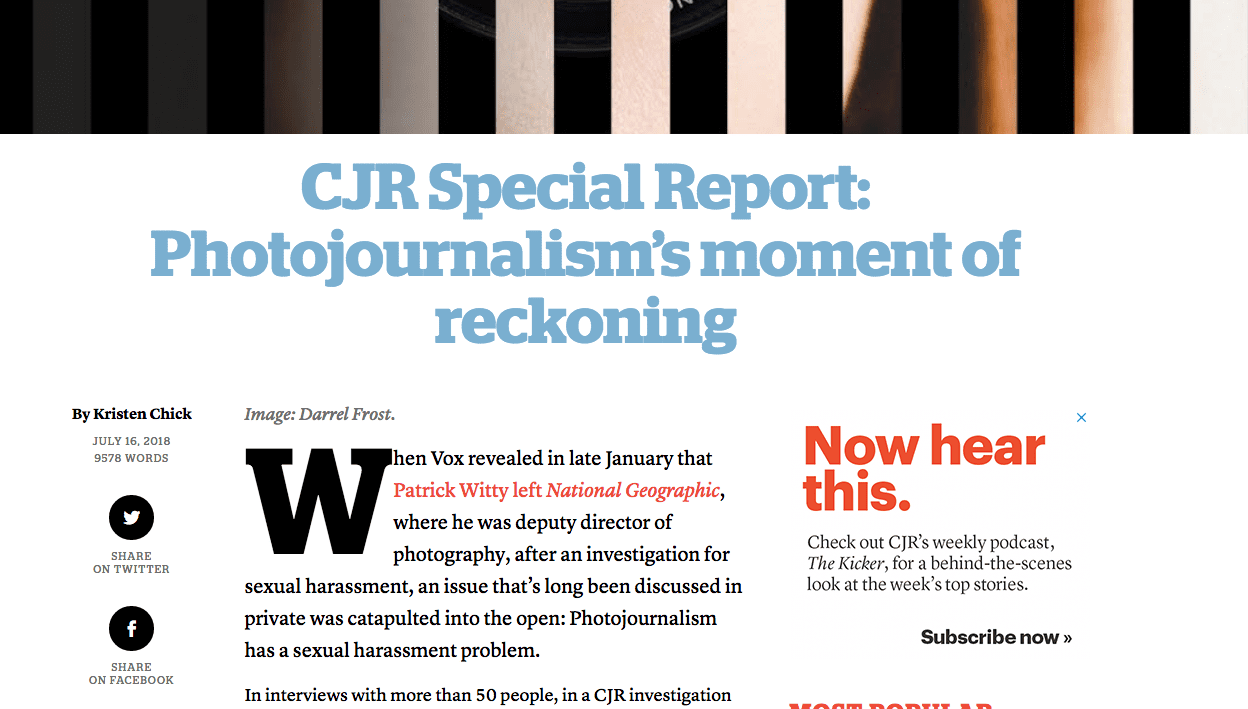“In the EU today, we take women’s rights for granted,” says Marina Paulenka, director of Organ Vida, a three-week international photography event held annually in Zagreb. Founded in 2008, the festival has always been driven by political context, and this year, for its 10th edition, its all-female team have chosen to emphasise female-identifying perspectives from around the globe.
“In a time of post-capitalist global turmoil, technological advancements, with the strengthening of rightwing extremism, the growing influence of religion that limits women’s rights again, and the semblance of democracy in the 21st century, we are facing a situation in which women must fight anew for the rights that had been won long ago,” Paulenka insists.

